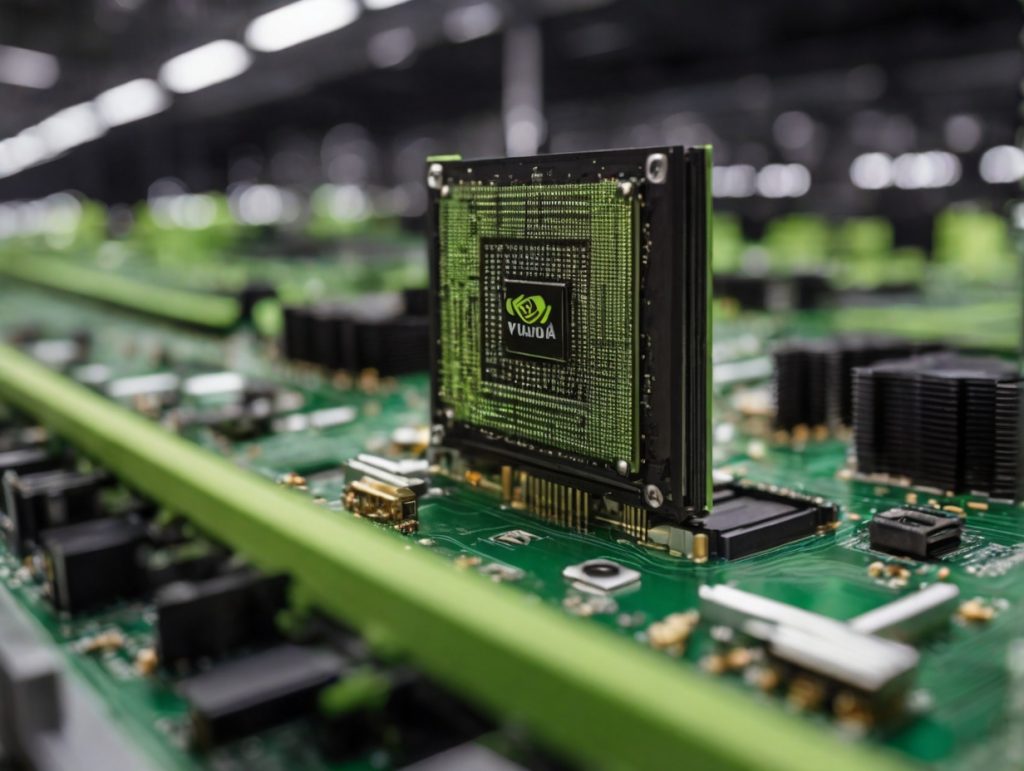In the ever-evolving field of architectural design, artificial intelligence (AI) has emerged as a transformative force that promises to reshape the way architects approach their work. While some early adopters have already explored the potential of AI tools and software, many in the design community are now seeking ways to integrate AI into their practices. Cas Esbach, an architect from MVRDV, offers a practical first-step guide on how and when to use generative design, outlining seven key ways AI can benefit architectural design.
Concept development with AI
One of the most significant areas where AI can make a substantial impact is in the early stages of concept development. After the initial brainstorming and sketching phase, architects often struggle to convey their ideas clearly. However, AI tools like Midjourney can swiftly generate images that closely align with sketched concepts, providing a tangible visual representation. These AI-generated visuals enhance communication within the design team and with clients, making the conceptual development process more efficient and precise.
Searching for the right design references can be a time-consuming endeavor, often resulting in frustration. AI, specifically Midjourney, can help architects create custom reference images that perfectly align with their design intentions. These AI-generated visuals not only fulfill the design needs but also set them apart from existing references, enabling architects to communicate their ideas effectively.
Model-Making 2.0
Model-making plays a pivotal role in the design process, allowing architects to explore different design directions. With AI, architects can bring foam models to life, providing vivid and detailed representations of potential designs. This technological advancement offers greater clarity and detail, fostering creativity and innovation within the design team.
As architectural design progresses, abstract 3D models become essential for calculating floor areas, testing layouts, and more. However, these models often fall short of conveying the full potential of a design option. AI steps in by transforming massing screenshots into captivating images, bridging the gap between abstract 3D models and realistic representations. This approach helps both the design team and clients better visualize and connect with the project.
Details and advanced materials studies
Traditional materialization studies can be time-consuming and limit spontaneous creativity. By incorporating AI, such as Stable Diffusion, with a more developed 3D model, architects can explore numerous design possibilities quickly. AI’s ability to make educated guesses in renderings injects fun and surprise into the materialization phase. This approach fosters a dynamic and less labor-intensive exploration of materialization options, ultimately aiding in the selection of design directions for further development.
While AI-generated visuals may not replace professional visualization studios entirely, they serve as invaluable communication tools among clients, architects, and visualization teams. Often, decisions rely on rough sketches and render with basic lighting and textures, which can lead to discrepancies in the final results. AI-generated visuals enable architects to produce and evaluate various views and lighting setups rapidly, reducing the likelihood of miscommunication and ensuring that final renderings align with the initial vision.
Opening new doors with AI
AI is more than just a tool; it represents a transformative force in the field of architecture. From conceptual development to the fine details of material studies, AI has the potential to enhance, clarify, and innovate at every step of the architectural process. Embracing AI tools like Midjourney and Stable Diffusion opens doors to new possibilities, where the boundaries of creativity and efficiency are continually redefined. By effectively harnessing these AI tools, architects can step into a future where their designs are not only more efficient and precise but also more in tune with the evolving needs and aspirations of society.
As architects increasingly integrate AI into their design processes, they usher in a new era of architecture—one that balances technological advances with the intuitive, artistic spirit of creation. In doing so, they contribute to a future where architectural design is more responsive, adaptable, and aligned with the ever-changing demands of the world.





